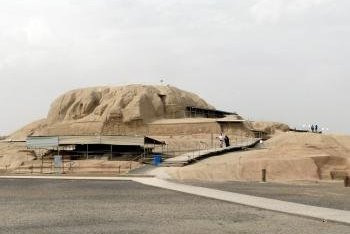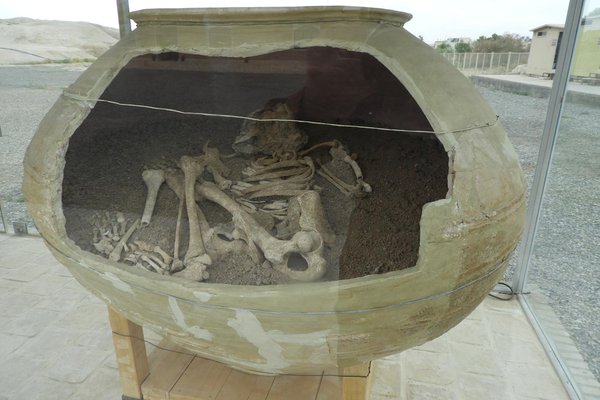Iran
Tape Sialk
Site Info
Official Information
- Full Name
- Tape Sialk (ID: 900)
- Country
- Iran
- Status
-
On tentative list 1997
Site history
History of Tape Sialk
- 1997: Added to Tentative List
- Added to tentative list
- Type
- Cultural
- Criteria
Links
- UNESCO
- whc.unesco.org
All Links
UNESCO.org
- whc.unesco.org — whc.unesco.org
Community Information
- Community Category
- Archaeological site: Near Eastern
Travel Information
Recent Connections
News
No news.
Community Reviews
Show full reviews
The inscription of Ziggurats at Ur, Uruk and Tel Eridu in 2016 within the Ahwar of S Iraq added to those already inscribed at Ashur and Tchogha Zanbil and thus created a “cluster” of inscribed Ziggurats! It therefore seems worth reviewing the Iranian T List site of Tape Sialk which was visited by us in May 2016. Why? Because it is claimed to contain the “oldest known” Ziggurat, dating back to around 3000BC. (e.g Fr Wiki “Au niveau Sialk IV, on trouve également les ruines de ce qui serait la plus vieille Ziggourat du monde”).
This claim came as something of a surprise to us when planning which Iranian T List sites to visit. Sialk lies in a suburb of the city of Kashan, situated 1000m up on the Iranian plateau, around 250kms south of Tehran and some 600kms away from the ziggurat of Tchogha Zanbil and even further from the “Ziggurat heartland” of Mesopotamia. Kashan already has one inscribed site in the form of the Fin Garden (part of the Persian Gardens) and is within another T List entry titled “The Historical-Cultural Axis of Fin, Sialk, Kashan”. This was added to Iran’s T List in 2007 (“Tape Sialk” has been present since 1997) and appears to encompass the full range of Kashan’s historical remains stretching from “proto-Elamite”/Elamite Sialk, through an 11thC Jame Mosque and Seljuk walls, the Safavid Fin Garden (1590) and on to some rather fine 18th/19th C residences. In fact, following a major earthquake in 1778, the …
Keep reading 0 comments
